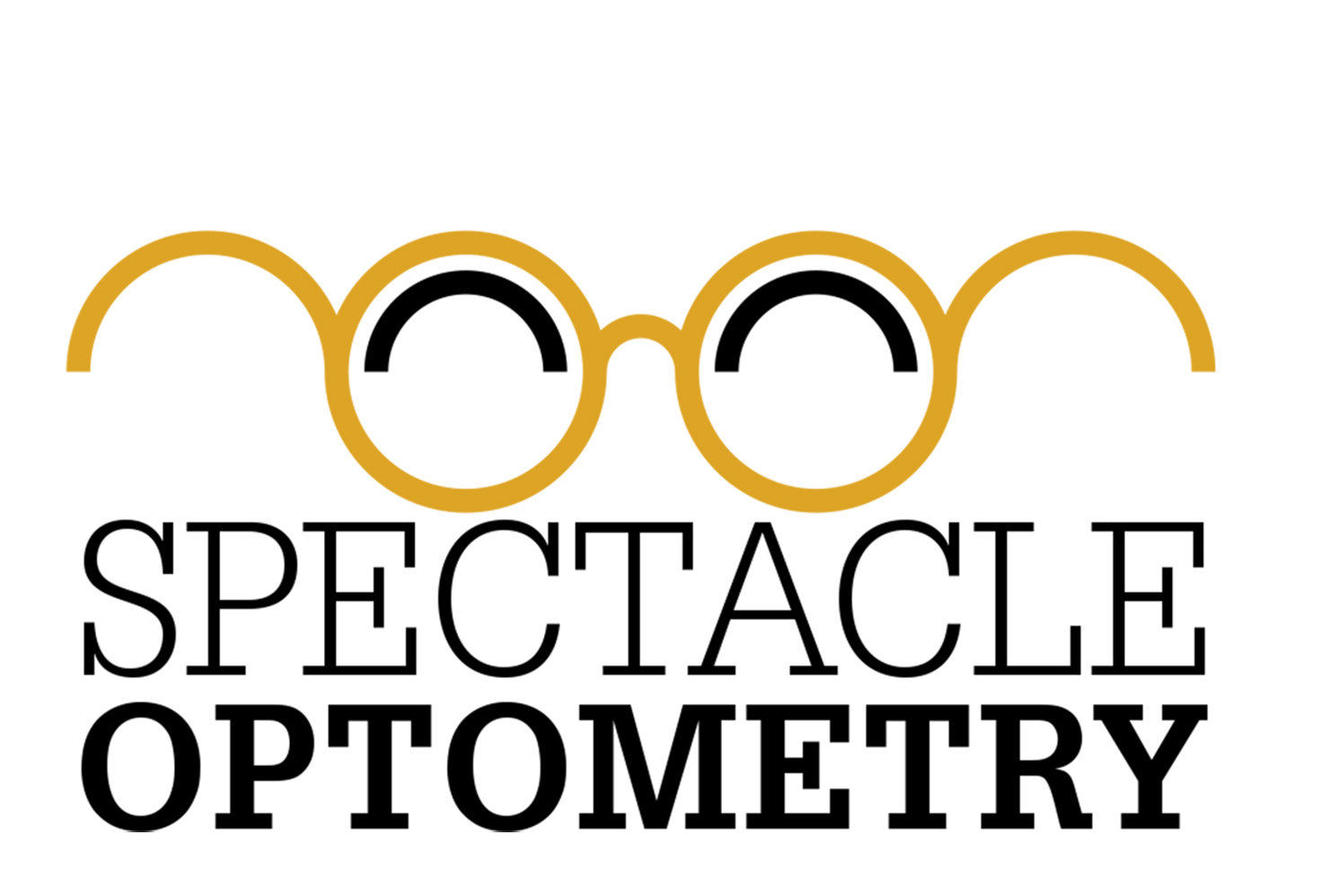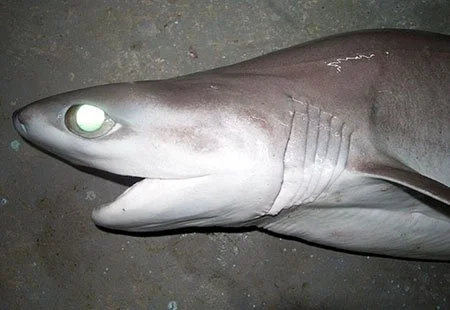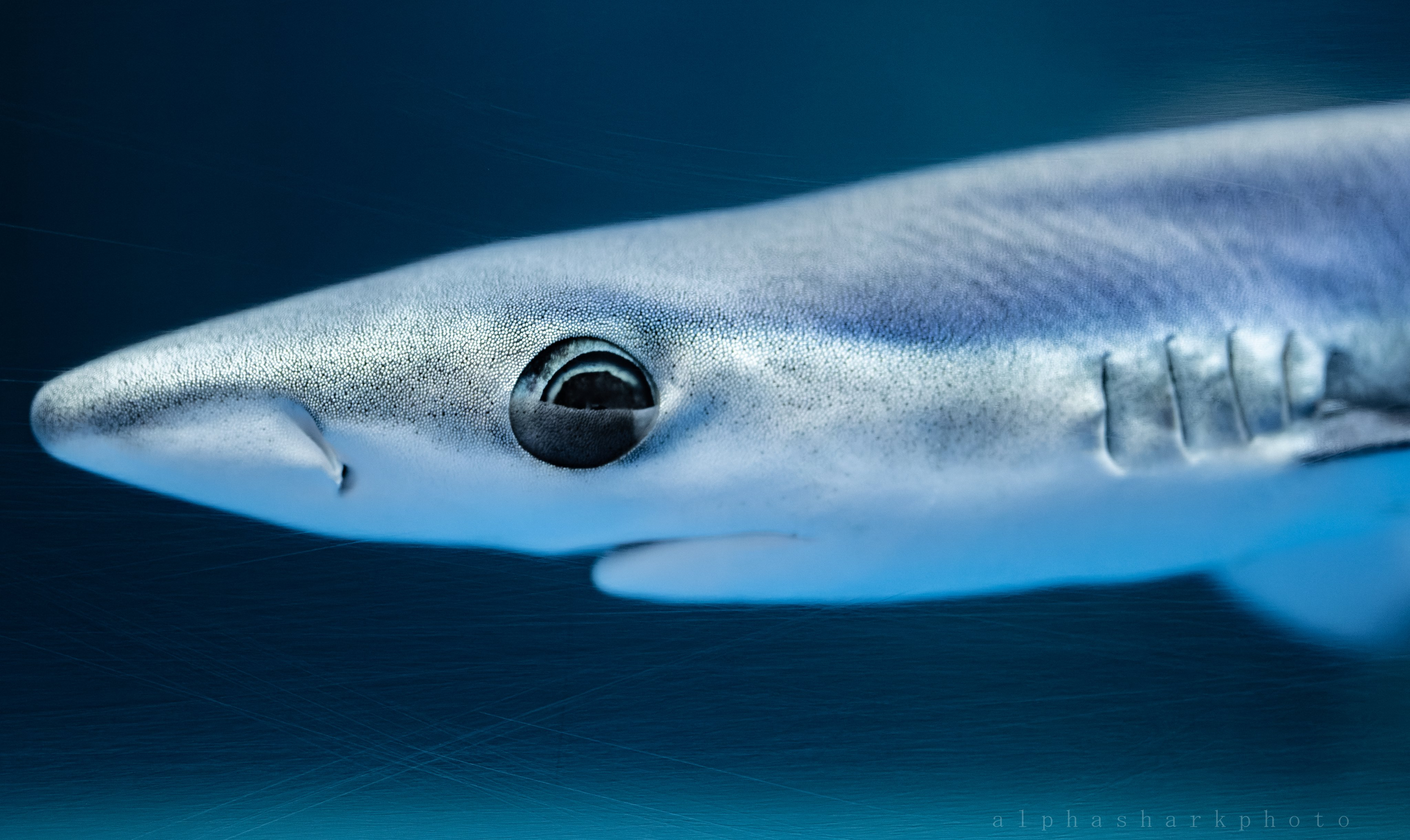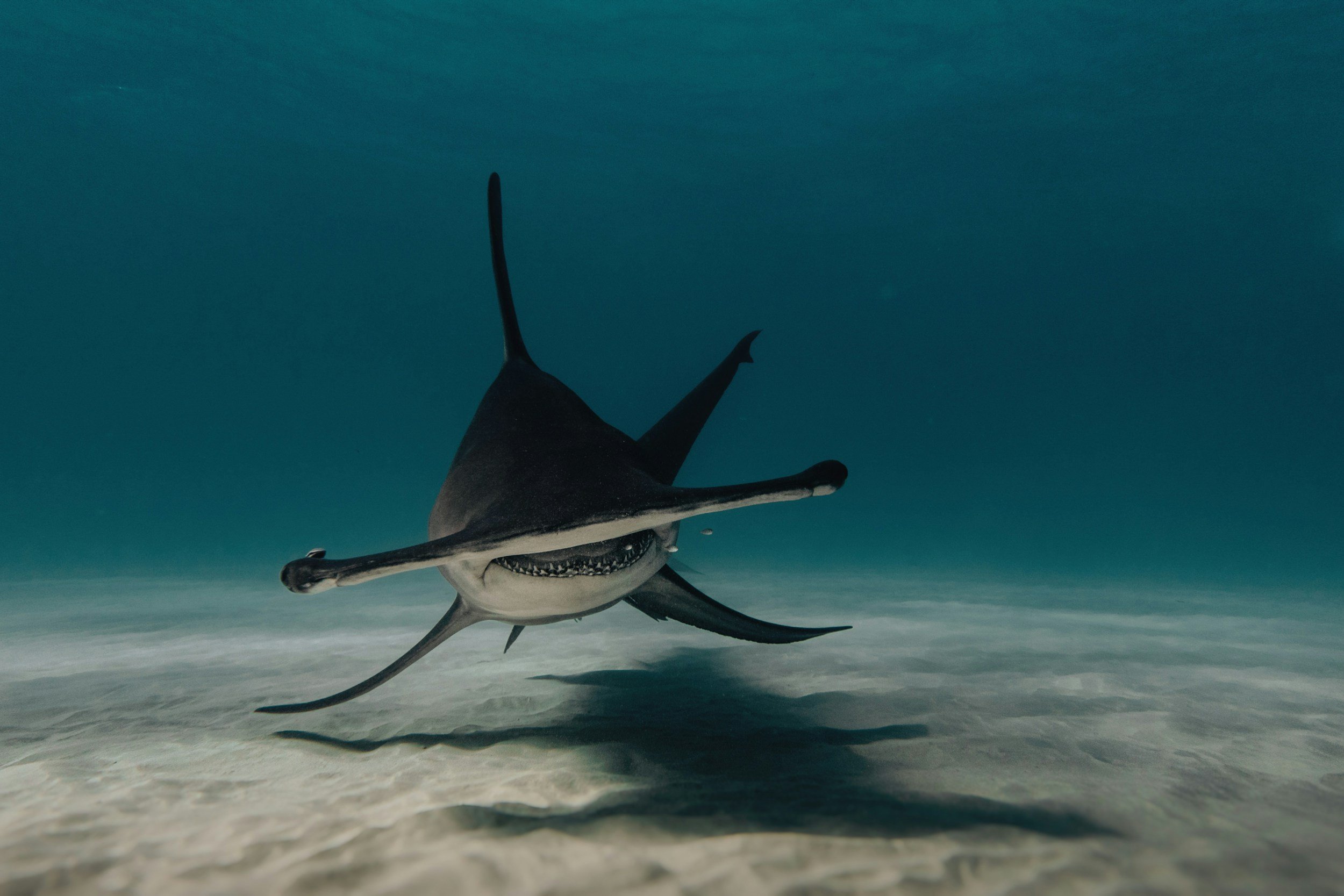JAWSOME SHARKY EYE FACTS
We all know that sharks utilize their sharp teeth, quick speed, spot on sense of smell, and the Ampullae of Lorenzini, or the highly sensitive electroreceptors on their nose, that help them also sense electric fields generated by other animals in distress. But did you know that sharks also have incredible vision that helps them to be the fin-tastic hunters of the deep that we know and love?! In honor of Dr. K’s favorite week on the year, Shark Week, we decided to highlight a few of our favorite shark eye fun facts.
Sharks eyes are much more complex than us mere humans, having several unique features and membranes. While the general components are similar to our eyes… they have a lens, cornea, retina, iris, etc just like us, it’s the few things that set them apart that truly distinguish their capabilities. Sharks have an extra layer of mirrored crystals behind the retina called the tapetum lucidum. As light goes through the retina, it hits the crystals and is reflected back to the retina again. This means that light hits the retina twice giving more visibility in dark and murky waters. In fact, this layer alone helps them see 10x better than us in all lighting conditions. This feature is highly prevalent in deep sea sharks like the sixgill seen here. Other animals that also have this extra layer are cats, dogs, deer, and horses to name a few. If you’ve ever seen your dog’s eyes glowing at night, you’re looking at their tapetum lucidum!
It is often a myth that sharks do not have eyelids (Fun Fact: The water cleans their eyes sufficiently so they do not need to blink, which only fuels this misconception!), but in fact they have three eyelids. This third transparent eyelid, or nictating membrane, comes from below during a frenzy as a way of protection. However, the great white shark is one species that does not have this membrane. Instead, they use ocular rotation to roll their eyes to the back of their head seconds before an attack. The crazy thing is this means that they literally go in blind! Because of this, the great white can be thought to have poor vision as they misconstrue a human in a wetsuit for the seal they thought they were attacking because they cannot confirm what they see as they get closer because of this protective feature.
Sharks can also determine how they use their eyes. They can choose to use one eye to see a little sharper with monocular vision, or they can put the vision from both eyes together to get better depth with their stereoscopic vision. Sharks also have eyes that are on either side of their head giving them (almost) 360 degree vision. One species, the hammerhead shark, embodies this quality the best. Not only do they have a wide field of vision horizontally, but also vertically meaning they can see above and below them simultaneously! Talk about seeing everything!
But not all that glitters is gold… sharks have some hinderances that can affect their vision. While the location of their eyes gives them a wide field of view, it actually creates a blind spot directly in front of their nose. As you can imagine, it can be difficult when you need to attack or bite directly in front of and underneath your nose! Sharks also have a short range of view. They can only see about 50 feet ahead. Good thing they are fast to get closer to what they need to see in a jiffy! With these and other factors at play, deep water sharks actually use other senses like the ampullae of lorenzini to locate prey, rather than relying solely on their vision.
As you can see, sharks eyes are pretty cool! We hope you enjoyed this deep dive into the aspects that make shark’s eyes incredibly jaw-some!







